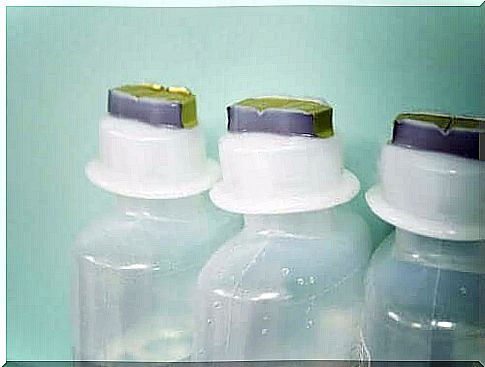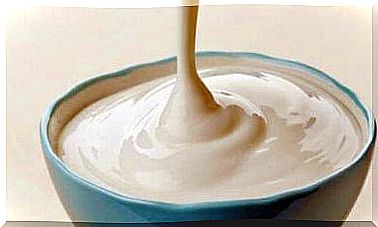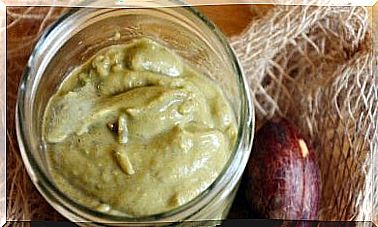What Is Saline Used For?

People also know the saline solution simply as ‘salt water’. It’s a simple preparation that you can even make at home. Although experts have questioned it, its usefulness in medicine is virtually indisputable. So what is a saline solution used for?
A saline solution consists of water and salt. That’s where the simplicity lies, as well as the ability to make it at home. The concentration of this solution is 0.9%, which means it has the same concentration as human blood.
Since the concentrations are the same, it is an isotonic preparation. This means that neither blood nor saline is more concentrated than the other. Because of this characteristic, it is safe to use in the human body.
The preparation was invented in 1896. Dutch scientist Hartog Jacob Hamburger prepared it for use in hemolysis research. The inventor had no intention of giving it a medical purpose. In the end, however, it turned out to be necessary.
What a saline solution is used for

A saline solution is used for many different things. You can use it both externally and internally, the latter by injecting it into the bloodstream. These are the most common uses:
- Eye wash and contact lenses. For this use, experts state that the fluid must be sterile so that the eyes and lenses do not undergo bacterial invasion. Usually, saline for the eyes comes in small bottles that you can buy at the pharmacy.
- Cleaning wounds. This is one of the most commonly used liquids to clean wounds. Together with other disinfectants, it helps to prevent infections.
- Nasal use. This is for a stuffy nose or excessive mucus in the upper airways. It can be applied via syringes or inhalers. Salt water drags secretions by gravity. Experts also recommend it to patients suffering from rhinitis and nasal congestion due to allergies. It removes not only excretions, but also allergenic substances. After nose surgery, doctors recommend it as part of subsequent antisepsis.
- Hydration. When the human body is dehydrated or hypotensive due to fluid loss, a saline solution is a good replacement for what has been lost. In general, in these cases, it is quickly administered intravenously. Thus, it is useful in severe gastroenteritis, profuse bleeding and major burns.
- nebulization. The preparation is poured into the nebulizer to create a mist that will penetrate the airways. Patients suffering from the flu, sinus infections and bronchitis can benefit from this.
Forms of saline

A saline solution is available in various forms. The choice between one or the other depends on the use you want to give it.
You can find saline solution in different shapes and sizes. Some of the different forms in which a saline solution can be found include:
- vials. They are small and sterile while closed. You can easily transport them anywhere. Once opened, they are no longer sterile. However, they are so small that in most cases they cannot be used more than once.
- Drops. For ocular use and nebulization.
- spray. Possibly with the primary purpose of promoting nasal irrigation. You can find them in the pharmacy. Like vials, you can easily transport them anywhere.
- bottles. They are larger presentations for other applications that require large amounts of liquid. For example to clean a wound or burn.
- Intravenous bags. They come in different sizes and you can find them in hospitals. The bag is attached to a tube at the end with a syringe, which a medical professional inserts into the patient’s vein. This allows you to hydrate the patient and facilitate medication management.
Homemade saline
As we explained above, you can make your own saline at home. It might be helpful to do it for something specific, like cleaning a scar you’ve previously disinfected. However, you must remember that the solution is not sterile.
To make it yourself, pour a teaspoon of table salt into 250 cubic centimeters of water. Follow the same ratio to make more if necessary. You can then store the preparation in clean jars. It can only be kept for 48 hours. After that time you have to replace it.
You can store it at room temperature or in the refrigerator. Experts have not concluded that both methods increase the service life. Remember that room temperature refers to a temperate climate, not a tropical climate or extreme heat.
So now that you have discovered the amazing properties of saline and what it is used for, you can use it fearlessly if you ever need it. It is a very useful and simple solution that can even save lives in extreme cases.









